--------
r!(n-r)!
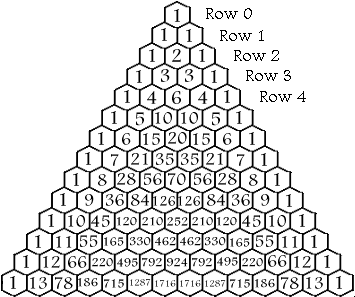
Calculate a number in Pascal's Triangle using nCr. (You need a VBScript capable browser.)
Row (n): Element (r):
Check the answers against the diagram shown at the right.
|
Pascal's Triangle is in an array of 0's, however the 0's aren't part
of the triangle. At the tip
of the triangle is the number 1, which makes up the zeroth row. The first row contains two
1's, both formed by adding the two numbers above them to the left and the right, in this case
1 and 0. Do the same to create the 2nd row: 0+1=1; 1+1=2; 1+0=1.
And the third: 0+1=1; 1+2=3; 2+1=3; 1+0=1. In this way, the
rows of the triangle go on infinitly. A number in the triangle can also be found by nCr (n Choose r)
where n is the number of the row and r is the element in that row. For example, in row
3, 1 is the zeroth element, 3 is element number 1, the next three is the 2nd element, and
the last 1 is the 3rd element. The formula for nCr is: -------- r!(n-r)! |
 |
|
! means factorial, or the preceeding number multiplied by all the positive integers
that are smaller than the number. 5! = 5 × 4 × 3 × 2 × 1 = 120.
Calculate a number in Pascal's Triangle using nCr. (You need a VBScript capable browser.) Row (n): Element (r): Check the answers against the diagram shown at the right. | |

|
20 = 1 21 = 1+1 = 2 22 = 1+2+1 = 4 23 = 1+3+3+1 = 8 24 = 1+4+6+4+1 = 16 |


|
If a diagonal of numbers of any length is selected starting at any of the 1's bordering
the sides of the triangle and ending on any number inside the triangle on that diagonal, the
sum of the numbers inside the selection is equal to the number below the end of the selection
that is not on the same diagonal itself. If you don't understand that, look at the drawing. 1+6+21+56 = 84 1+7+28+84+210+462+924 = 1716 1+12 = 13 |
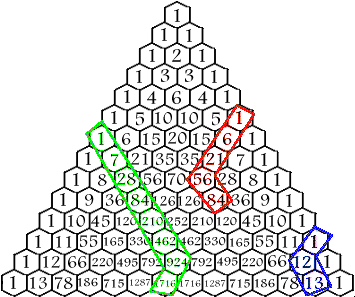 |

| Row # | Formula | = | Multi-Digit number | Actual Row |
| Row 0 | 110 | = | 1 | 1 |
| Row 1 | 111 | = | 11 | 1 1 |
| Row 2 | 112 | = | 121 | 1 2 1 |
| Row 3 | 113 | = | 1331 | 1 3 3 1 |
| Row 4 | 114 | = | 14641 | 1 4 6 4 1 |
| Row 5 | 115 | = | 161051 | 1 5 10 10 5 1 |
| Row 6 | 116 | = | 1771561 | 1 6 15 20 15 6 1 |
| Row 7 | 117 | = | 19487171 | 1 7 21 35 35 21 7 1 |
| Row 8 | 118 | = | 214358881 | 1 8 28 56 70 56 28 8 1 |

Fibonnacci's Sequence can also be located in Pascal's Triangle. The sum of the numbers
in the consecutive rows shown in the diagram are the first numbers of the Fibonnacci
Sequence. The Sequence can also be formed in a more direct way, very similar to
the method used to form the Triangle, by adding two consecutive numbers in
the sequence to produce the next number. The creates the sequence: 1,1,2,3,5,8,13,21,34,
55,89,144,233, etc . . . . The Fibonnacci Sequence can be found in the Golden Rectangle,
the lengths of the segments of a pentagram, and in nature, and it decribes a curve which
can be found in string instruments, such as the curve of a grand piano.
The formula for the nth number
in the Fibonnacci Sequence is 
Try the formula out below (requires a VBScript capable browser) Enter N: Result: |
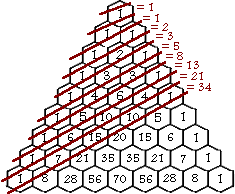 |

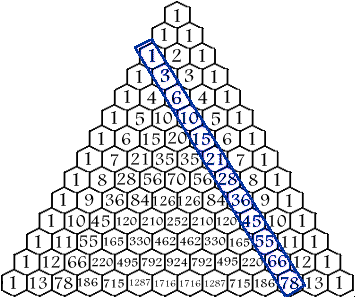 |
Triangular Numbers are just one type of polygonal numbers. See the section on Polygonal Numbers for an explaination of polygonal and triangular numbers. The triangular numbers can be found in the diagonal starting at row 3 as shown in the diagram. The first triangular number is 1, the second is 3, the third is 6, the fourth is 10, and so on. |

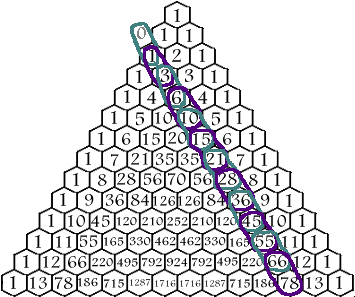 |
Square Numbers are another type of Polygonal Numbers They are found in the same diagonal as the triangular numbers. A Square Number is the sum of the two numbers in any circled area in the diagram. (The colors are different only to distinguish between the separate "rubber bands"). The nth square number is equal to the nth triangular number plus the (n-1)th triangular number. (Remember, any number outside the triangle is 0). The interesting thing about these 4-sided polygonal numbers is that their name explains them perfectly. The very first square number is 02. The second is 12, the third is 22 (4), the fourth is 32 (9), and so on. Read on to the Polygonal Number section to learn more. |

| Type | 1st | 2nd | 3rd | 4th | 5th | 6th | 7th |
| Triangular |  |
 |
 |
 |
 |
 |
 |
| Value | 1 | 3 | 6 | 10 | 15 | 21 | 28 |
| Square |  |
 |
 |
 |
 |
 |
 |
| Value | 1 | 4 | 9 | 16 | 25 | 36 | 49 |
| Pentagonal |  |
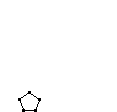 |
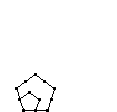 |
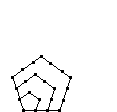 |
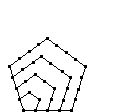 |
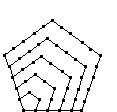 |
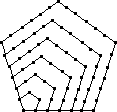 |
| Value | 1 | 5 | 12 | 22 | 35 | 51 | 70 |
| Hexagonal |  |
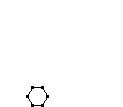 |
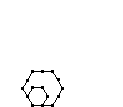 |
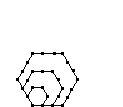 |
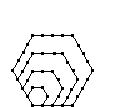 |
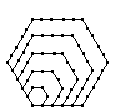 |
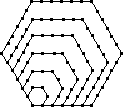 |
| Value | 1 | 6 | 15 | 28 | 45 | 66 | 91 |

| Image | Points | Segments | Triangles | Quadrilaterals | Pentagons | Hexagons | Septagons |
 | 1 | ||||||
 | 2 | 1 | |||||
 | 3 | 3 | 1 | ||||
 | 4 | 6 | 4 | 1 | |||
 | 5 | 10 | 10 | 5 | 1 | ||
 | 6 | 15 | 20 | 15 | 6 | 1 | |
 | 7 | 21 | 35 | 35 | 21 | 7 | 1 |
